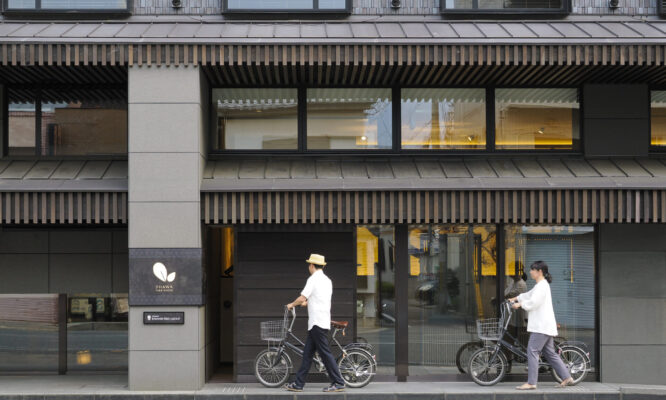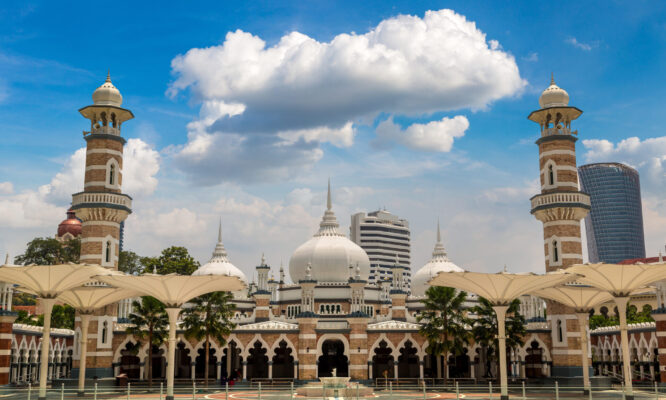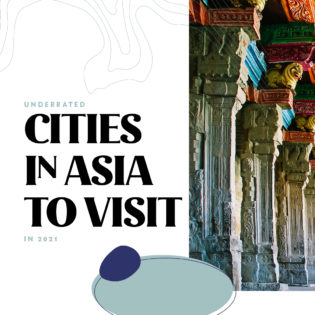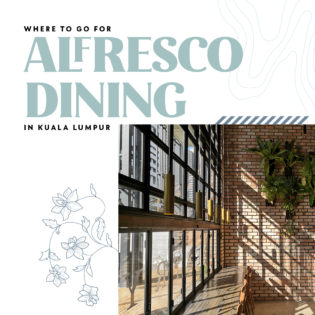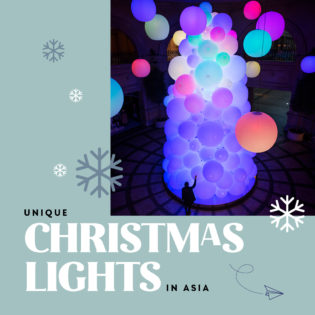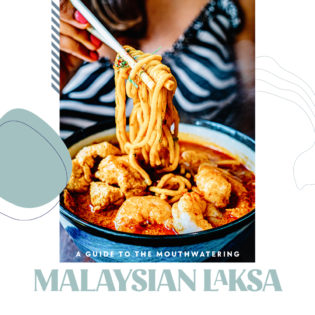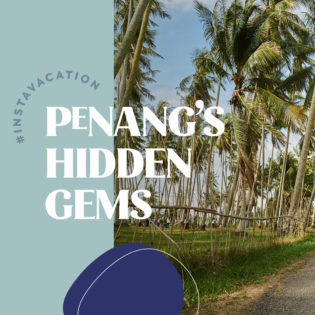When visiting the coastal town of Sitiawan in Perak, a must-buy is mee suah. Literally meaning “thread noodles” due to its long thin shape, the noodle is highly prized for its ability to absorb the flavours of the ingredients it is cooked with.
Originally from China, mee suah was introduced to Malaysia when a boatload of people from Fuzhou, one of Fujian’s biggest cities, migrated to Sitiawan in 1903. They went on to start a mee suah cottage industry; today, the noodles are easily available at markets and sundry shops around Sitiawan. Still, no local worth his salt would dream of eating factory-made ones when freshly hand-pulled mee suah is available.
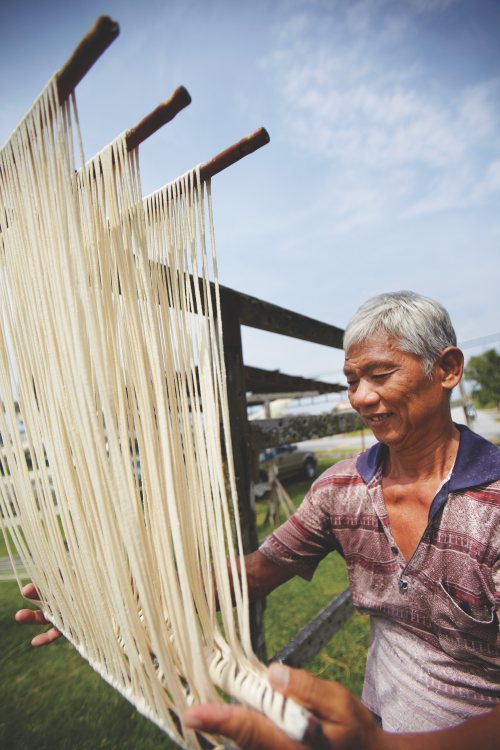
Second-generation Fuzhou descendant Ling Choong is one of the few artisans who know how to make mee suah by hand. He learned the skill from his father and is now passing the skill to his eldest son, Siong Yeong. Operating out of a nondescript house that doubles as a shop, Ling says, “In the past, it was a common sight for racks of mee suah to be hanging under the sun to dry in the backyard of houses, particularly in Kampung Cina. Sadly, the skill is slowly disappearing because the young are not interested to pick it up.”
We follow him out to the backyard, where tall wooden racks are standing. “Drying the noodles in the sun is important to keep the noodles longer, as we don’t use preservatives,” he explains. “The sun must be hot enough. Whether there’s any work for the day depends on the whims of weather.”
From the house, Ling brings out several bamboo sticks that are wrapped with dough strips. This is the noodle dough, which has been prepared earlier by mixing wheat flour and water. The dough has been left to proof for several hours before being flattened with a rolling pin, cut into long strips and shaped into coils. After that, the dough strips are woven around bamboo sticks, then stored in a cool airy area to dry, while waiting for the sun to come out. Now, Ling inserts each noodle-wrapped bamboo stick into holes that have been drilled on the wooden racks.
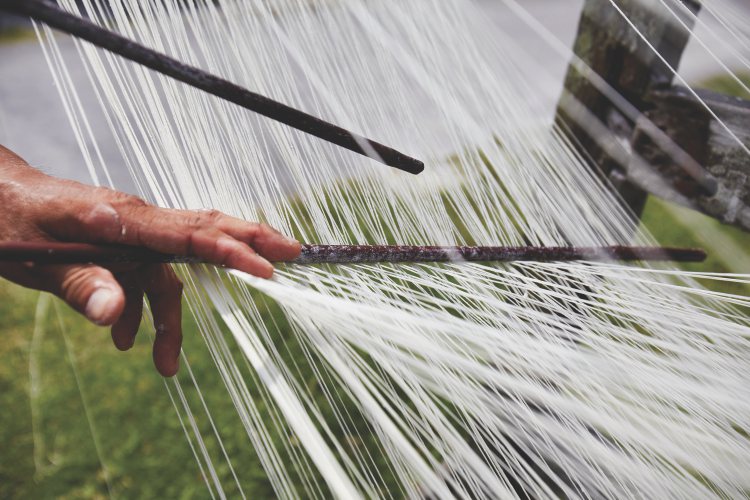
What happens next is a mesmerising show of hand control and noodle wizardry. Ling pulls one stick out of each pair of noodles and shakes them, now and then using thin bamboo sticks to slowly pull and stretch the strands further and longer – sometimes up to 10 times their original length. Amazingly, the super-thin noodles don’t snap despite the constant pulling. Ling continuously feels the noodles to see which parts are thick and need to be stretched further. When he is satisfied, he leaves the noodles to dry in the sun.
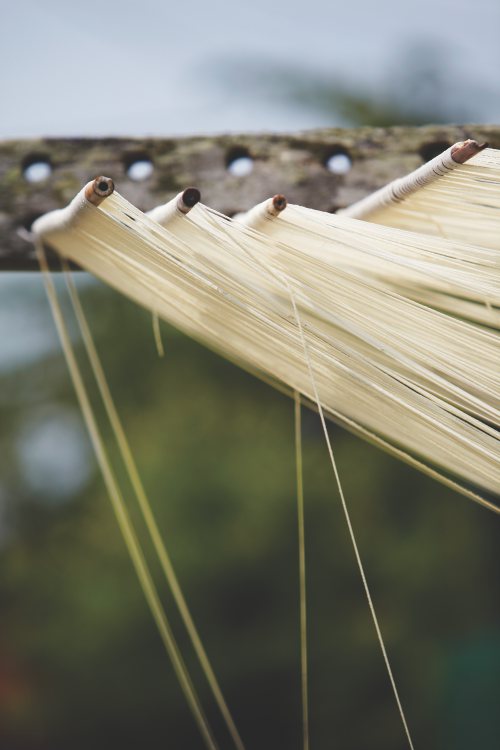
After two hours, the noodles are removed and covered with a towel to prevent further drying. Ling cuts the noodles and separates the middle part from the head and tail sections, before coiling and packing them for customers. “The thicker head and tail sections are used in fried noodles, while the middle or finer parts are used for soup,” he says.
The most popular way to eat them is in a soup flavoured with rice red wine, chicken, sesame oil and ginger. This Fuzhou delicacy is sold at many Chinese eateries in Sitiawan, the most famous being Bei King Restaurant.
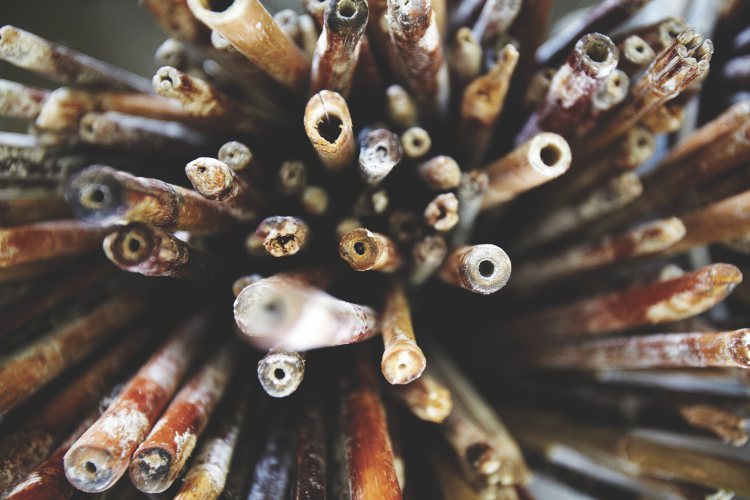
But there are simpler ways to enjoy mee suah at home. Following Ling’s instructions, I dip the noodles for 10 seconds in boiling water – any longer and the noodles become gummy and clumpy – and toss them in shallot oil. “Don’t add salt because it has been added into the noodle dough earlier,” he warned me. “This saltiness differentiates handmade mee suah from commercial ones.”
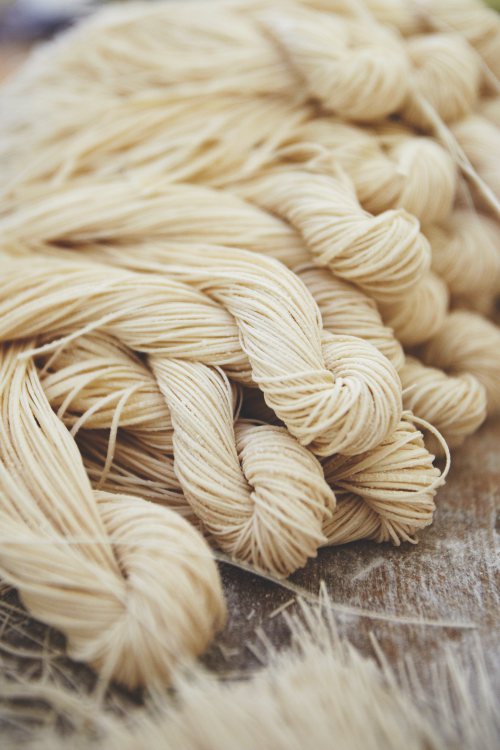
Taking a bite, I am surprised by the full-bodied taste despite the simple condiments. The noodles have varying degrees of softness and chew, and a distinct umami lent by the salt in the dough, as Ling said.
The ancient Chinese poet Huang Shan Gu was said to have been so enthralled after tasting mee suah in Fujian that he composed these verses: “Silvery threads tangling in the bowl are the soup cakes, a wisp of threads drawn suggesting a jade twig thwart”.
66 Jalan Tazali, Sitiawan, Perak
Opens 10 am -1 pm (call to check as business hours depend on weather conditions)
Tel: +605 6925410, 016 5031329
*Photography by SooPhye
